hand cooking| Does the degree of grinding affect extraction greatly?
How important is the coffee hand grinding degree? When you drink coffee, you sometimes hear the words, "Ah, it's a little bitter and flavorful, but the end is still bitter and full-bodied." is it stirring too much when brewing? Are the beans baked too deep? Isn't that a little too much? Is there something wrong with the degree of grinding? Um, yes, everyone is right. Today, let's talk about the impact of grinding degree on hand impact. We all know that there are many factors affecting hand impact, and grinding degree is also one of them. Grinding degree generally refers to the size of coffee particles. To put it bluntly, coffee particle size affects the contact time between coffee and water. In the case of the same other parameters, the finer the particles, the higher the extraction rate, the finer the coffee powder is ground, the larger the contact area with water, and the higher the concentration of dissolved coffee. On the contrary, the thicker the coffee is ground, the less the contact surface area with water. The lower the concentration of coffee extracted.
Every time you go to a coffee shop, ask the barista how the grinding degree of the hand should be grinded to the right size. Baristas usually say medium and fine grinding (about the size of white sugar). Come on, let's take a look at the size of white sugar.
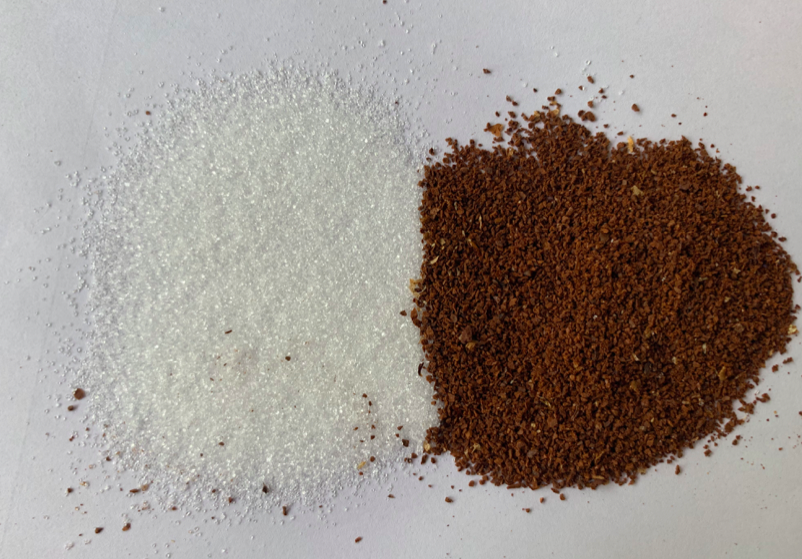
Before someone asked the editor, then I want to extract more substances, more coffee flavor, then I can grind the coffee powder a little finer. It is not impossible, but you should know that the finer the coffee powder is, the more fine the coffee powder is, and it is easy to block the filter paper hole. Once the water is difficult to pass through the filter paper, the coffee extraction speed will be slowed down and the extraction time will be lengthened. This will cause coffee extraction to be bitter and miscellaneous and difficult to swallow. Of course, if you are a handcutter and know how to use fine powder, then say otherwise.
However, there is a kind of appliance that needs a finer powder, which is concentrated by Italian machine extraction. Italian concentrated extraction is coffee extracted by high pressure in a short time. Water quickly passes through the coffee powder to extract the aroma and taste of the coffee. If it is not too fine or too thick, then what kind of grinding degree is suitable? Let's take a look at a set of data. Let's expand it with [90 + candlelight].
Sidamo candle
Producing area: Ethiopia Sidamo
Altitude: 1750-2000 m
Treatment method: sun treatment
Variety: native species
Baking degree: light baking
Flavor: citrus, mango, nectarine, tropical fruit
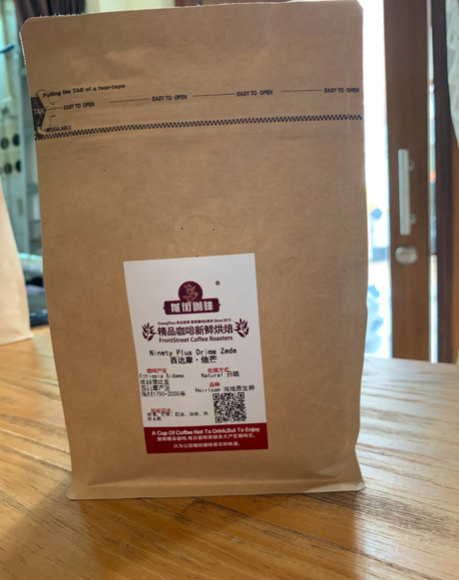
The instrument used this time is kalita three-hole trapezoidal filter cup. Kalita trapezoidal filter cup, also known as "fan-shaped filter cup" or "platform-shaped filter cup", the hole at the bottom is smaller. The kalita trapezoidal filter cup has many ribs on the cup wall, which is distributed in a straight line, and the distance between the ribs is the same, in order to increase the speed of exhaust and water flow. At the same time, its flow rate is relatively slow, and it is mainly extracted by soaking.
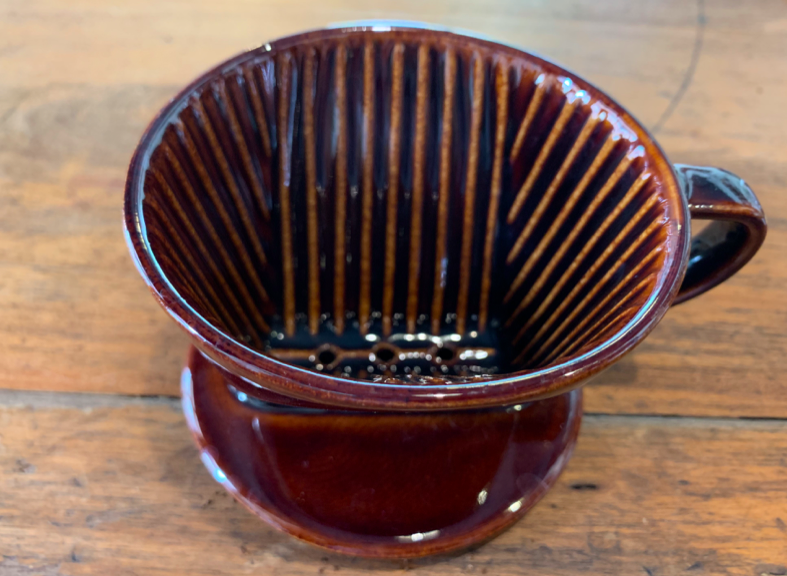
This time, three different grinding degrees will be used, namely, BG-5I (75% pass rate of China Standard 20 screen), BG-5T (58% pass rate of China Standard 20 screen), and BG-7D (43% pass rate of China Standard 20 screen).
Grinding degree BG-5I (China Standard No. 20 screen pass rate 75%)
Parameters: 15 grams of powder, 90 ℃ of water temperature, 1: 15 ratio of powder to water, cooking technique: extraction by stages. Steam for 30 seconds with 35 grams of water, water injection to 132 grams of water for stages, water level drop is about to expose the powder bed, continue water injection to the end of 226 grams, water level drop is about to expose the powder bed, remove the filter cup, (steaming starts) extraction time is 2: 07 ".
Flavor: fermented fragrance, citrus, mango, nectarine, overall bitter, rich, miscellaneous, aftertaste is more prominent.
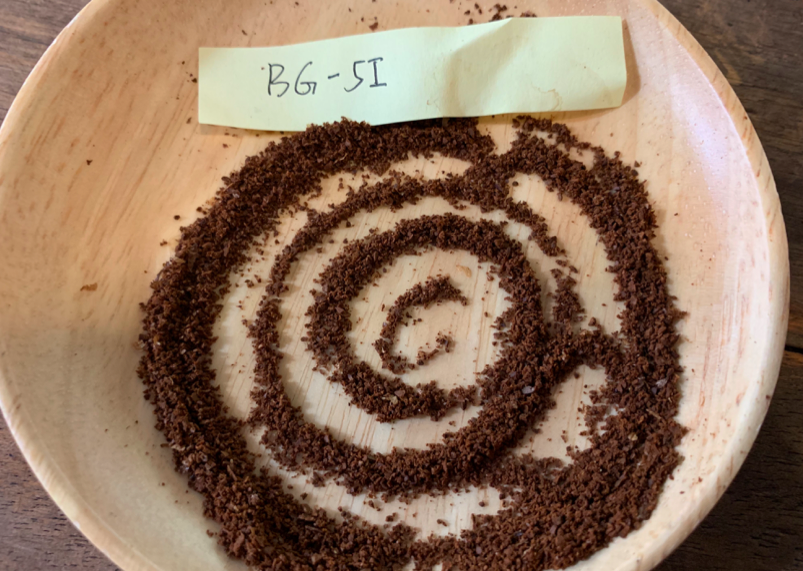
Grinding degree BG-5T (China Standard No. 20 screen pass rate 58%)
Parameters: 15 grams of powder, 90 ℃ of water temperature, 1: 15 ratio of powder to water, cooking technique: extraction by stages. Steam for 30 seconds with 32 grams of water, water injection to 125 grams of water for stages, water level drop is about to expose the powder bed, continue water injection to the end of 227 grams, water level drop is about to expose the powder bed, remove the filter cup, (steaming starts) extraction time is 1: 56 ".
Flavor: citrus, mango, nectarine, cream, the tail has creamy aromas, with a touch of nuts, the whole is relatively thick, the aftertaste is obvious.
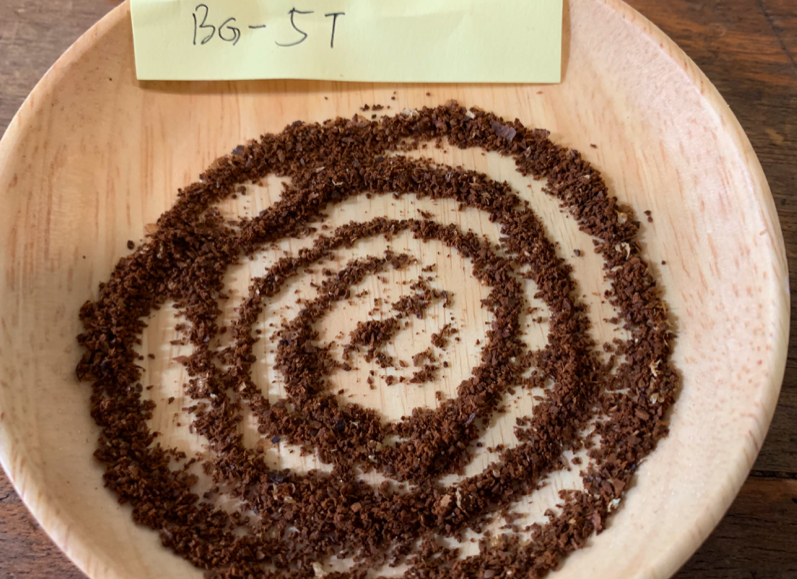
Grinding degree BG-7D (43% pass rate of China Standard No. 20 screen)
Parameters: 15 grams of powder, 90 ℃ of water temperature, 1: 15 ratio of powder to water, cooking technique: extraction by stages. Steam for 30 seconds with 34 grams of water, water injection to 132 grams of water for stages, water level drop is about to expose the powder bed, continue water injection to the end of 225 grams, water level drop is about to expose the powder bed, remove the filter cup, (steaming starts) extraction time is 1: 53 ".
Flavor: tropical fruit, honey, cream, with a touch of fermentation at the end, the overall taste is relatively thin, less of the kind of thick feeling of sun treatment.
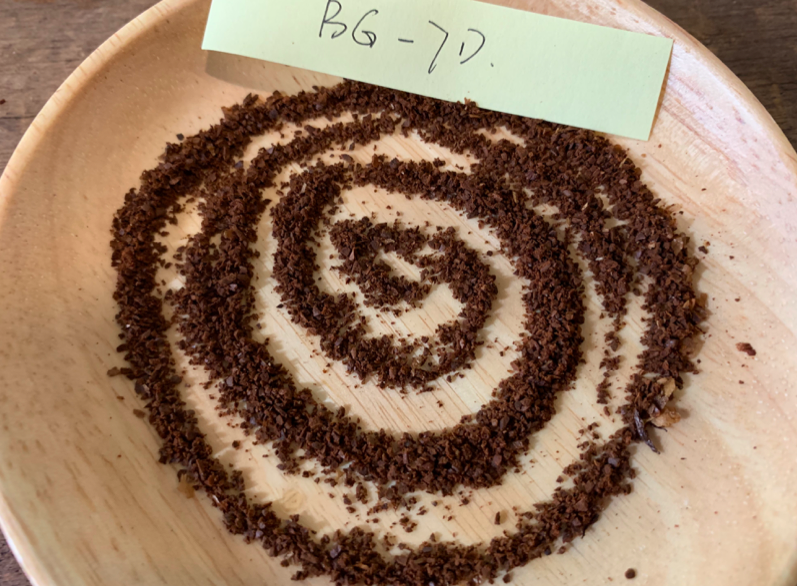
Through these three times of brewing, the grinding degree BG-5I (75% of the pass rate of Chinese standard No. 20 screen), which is finer than medium, the bitterness of the extracted coffee obviously masks the tropical fruit flavor of this Sidamo candle itself. The degree of grinding BG-5T (58% of the pass rate of China Standard No. 20 sieve) this degree of grinding extracted coffee can show the flavor of this bean as a whole, this degree of grinding is also a degree of grinding commonly used by editors, mainly because its degree of grinding is relatively uniform, which avoids the disunity of coffee extraction and makes the solubility of coffee flavor reach a state of saturation. Of course, this degree of grinding is also a hand grinding degree that we constantly use a powder sieve to proofread and extract. A little thicker than medium, the coffee extracted by grinding degree BG-7D (43% of Chinese standard No. 20 sieve pass rate) is obviously underextracted, the overall taste is a little thinner, and the end section is somewhat inadequate.
Finally, let's share some small knowledge of hand flushing.
① about coffee extraction, generally speaking, the aroma and flavor in the first stage of extraction are strong, and the concentration is also very high. The later, the taste and aroma will fade, that is to say, the former stage extraction can dissolve the coffee ingredients to the maximum extent, so it plays a role in determining the taste and aroma of coffee. The lignin components that form the structure of coffee beans are dissolved in the extraction solution of the latter stage. In this part, there are more ingredients that determine the thickness and bitterness of alcohol, which is why we sometimes increase the water flow evenly and gently to extract.
② about the water temperature, extract some shallow roasted beans at a temperature of 90-92 ℃. If the temperature is higher than this, some of the ingredients in the coffee will change due to the higher water temperature, generally showing a bitter taste and a charred taste. And for the deep bean temperature is 8885 ℃, deep-roasted beans due to the degree of cell wall damage in the baking process is more serious, the texture of beans is relatively loose, water absorption is good, the powder layer is easy to expand by water, if higher than this water temperature to extract, coffee is more full-bodied over extraction, astringent feeling.
Important Notice :
前街咖啡 FrontStreet Coffee has moved to new addredd:
FrontStreet Coffee Address: 315,Donghua East Road,GuangZhou
Tel:020 38364473
- Prev
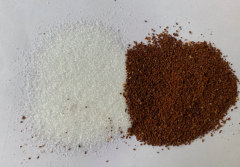
Hand extraction | does the degree of grinding have a great influence on hand impact?
How important is the coffee hand grinding degree? When I drink coffee, I sometimes hear such words, ah, it's a little bitter and flavorful, but the end is still very bitter and full-bodied, isn't it stirring too much when brewing? Are the beans baked too deep? Isn't that a little too much? Is there something wrong with the degree of grinding? Well, that's right, everyone said
- Next
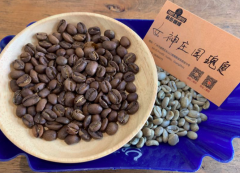
What about extracting a cup of Costa Rican goddess manor rose summer with high water temperature?
A few days ago, the street coffee just entered the rose summer of a Costa goddess manor. the flowers of this bean are still very rich. the raw beans look long and light green, which is different from the grass smell of raw beans in the past. The goddess rose summer smells not only of grass, but more bergamot and berries. The flavor of the cup is
Related
- What ratio of water temperature and ground does the smart cup method use to press coffee? The difference between brewed coffee and filtered coffee?
- What is the standard process for the purpose of coffee cup testing? What is the difference between hand-brewed coffee and cup testing?
- How to use hand-brewed coffee paragon small golden balls? How does cold coffee lock in the aroma of coffee?
- Is American coffee black? What is the difference between American coffee and drip coffee?
- Unexpected! Well-known tea beverage brand Lele Tea will withdraw from the Zhengzhou market!
- Starbucks enters the fashion and beauty industry?! Netizen: Give me an ice American eye cream
- Why can American refills for free? The difference between Americano and American drip pot coffee
- Being chased out of the rain in front of Starbucks?! Store: Sheltering from rain under umbrellas poses a safety hazard
- The white moonlight has changed?! Lucky launches "Big Winter Pear American"
- Hand-brewed coffee three-stage method, high-sweet and universal brewing method to share! What does the high sweet water level of hand-brewed coffee mean?

